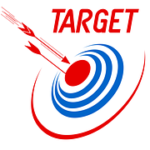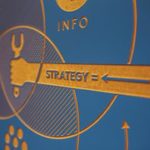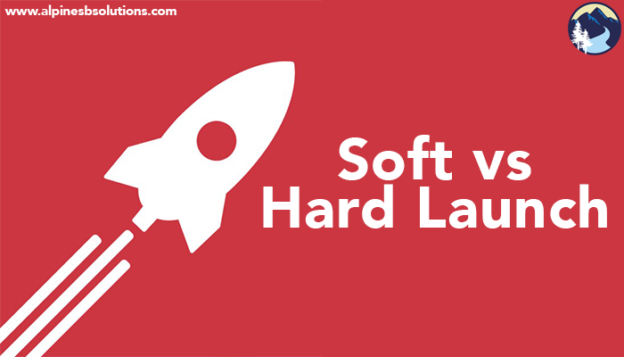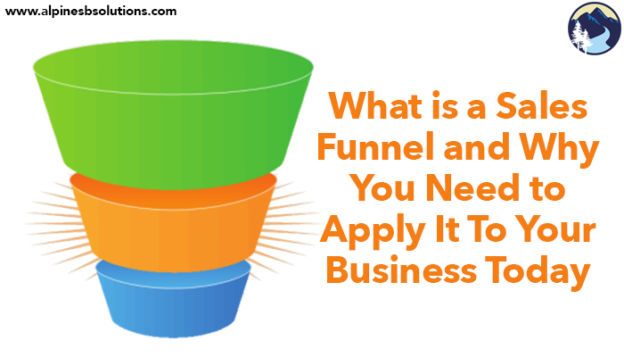When you want to market a new product, there are two approaches you can take: a soft launch or a hard launch. Each one offers unique benefits, and each one can be a great approach depending on the product, organization, and marketing goals. Understanding the differences between the marketing approaches allows you to be informed to choose the best fit for you given marketing strategy.
Soft Launch
 A soft launch is a marketing effort that intentionally limits its scope to a smaller percentage of the target audience. The goal is to test the product among the small audience and tweak it as necessary before the product is available to everyone. The audience can be a small group within your target audience or a small group whose demographics are similar to your target audience (such as product testing in Canada, New Zealand, or Australia).
A soft launch is a marketing effort that intentionally limits its scope to a smaller percentage of the target audience. The goal is to test the product among the small audience and tweak it as necessary before the product is available to everyone. The audience can be a small group within your target audience or a small group whose demographics are similar to your target audience (such as product testing in Canada, New Zealand, or Australia).
Hard Launch
A hard launch is a full force marketing effort that aims to reach your entire target audience. The goal is to persuade as many people as possible to try (and, if relevant, purchase) your product.
Differences Between a Soft Launch and a Hard Launch
1. The main focus: The purpose of a soft launch is to gather data to improve the product before  it’s released to everyone. Staff members can really focus on finding changes that need to be made because they won’t be spending as much time focused on various marketing efforts. This is really still a testing phase. It allows you to work out some of the kinks before you go big!
it’s released to everyone. Staff members can really focus on finding changes that need to be made because they won’t be spending as much time focused on various marketing efforts. This is really still a testing phase. It allows you to work out some of the kinks before you go big!
The purpose of a hard launch is to spread awareness of the product to as many people as possible, ideally resulting in their trying and purchasing the product. While sales conversions are great benefits to reap during a soft launch, they are not the main focus.
2. Amount of time Since a soft launch is primarily focused on testing the product on a smaller scale, in the short term, it will take less time to complete than a hard launch targeting a larger audience. Usually a few weeks is all it takes to gather the data necessary from a soft launch.
 An effective campaign for a hard launch, in contrast, could take several weeks or even months. On the flip side, the amount of time it takes to see results comes in much quicker with a hard launch due to the expanded marketing efforts. Of course, in the long run, a soft launch does take longer because it’s followed by a hard launch. But when comparing a soft launch to a hard launch, a soft launch is much shorter.
An effective campaign for a hard launch, in contrast, could take several weeks or even months. On the flip side, the amount of time it takes to see results comes in much quicker with a hard launch due to the expanded marketing efforts. Of course, in the long run, a soft launch does take longer because it’s followed by a hard launch. But when comparing a soft launch to a hard launch, a soft launch is much shorter.
3. Amount of money: The amount of marketing funds needed for a soft launch is naturally less than the marketing funds needed for a hard launch due to the smaller audience. On the flip side, the amount of money gained is naturally higher in a hard launch due to the expanded marketing efforts. The effectiveness of money spent can be high in either marketing strategy. With a soft launch you may gain valuable insight on necessary changes, making the product more appealing once you do a hard launch which can translate into more sales. With a hard launch, you are maximizing the effectiveness of a marketing campaign by promoting across various strategies and various geographic areas.
4. Ease of making changes: While you can make changes to your product with either launch, changes are easier to make in a soft launch for two reasons. First, your primary focus during a soft launch is to find changes that need to be made (in contrast to the primary focus during a hard launch, which is to effectively reach as many people in your target audience as possible). Second, with a soft launch you can make changes before the majority of your target audience sees the product. You won’t need to spend marketing resources informing audiences of the changes like you would if you made the changes after a hard launch.
Which one should you use?
 Different marketing needs will call for different strategies. For newer products, you will likely want to do a soft launch. This will allow you to gather valuable information on your target audience to better tailor the marketing efforts when you introduce the product. For products you are less confident in, a soft launch also works well. You’ll gain confidence after seeing how the product performed in the smaller audience and know you made the changes needed for it to be ready for a full audience launch. For a product that will be launched in a more competitive market, a hard launch will be better since it allows for a wide marketing effort.
Different marketing needs will call for different strategies. For newer products, you will likely want to do a soft launch. This will allow you to gather valuable information on your target audience to better tailor the marketing efforts when you introduce the product. For products you are less confident in, a soft launch also works well. You’ll gain confidence after seeing how the product performed in the smaller audience and know you made the changes needed for it to be ready for a full audience launch. For a product that will be launched in a more competitive market, a hard launch will be better since it allows for a wide marketing effort.
If you want to utilize either a hard launch or a soft launch, Alpine Small Business Solutions can help! We are ready to help you with any aspect of business building, simply call or email us and we will help you implement a marketing strategy.




 A sales funnel is an analogy used to explain how the sales process works. It serves as a visual representation of how an individual moves from knowing nothing about your organization to becoming a loyal customer and hopefully brand evangelist for you. The mindset of a sales funnel views sales as a proactive process of making customers (as opposed to the more passive process of finding customers). The underlying goal of the sales funnel is to convert those who are unaware of your organization to happy customers by finding as many
A sales funnel is an analogy used to explain how the sales process works. It serves as a visual representation of how an individual moves from knowing nothing about your organization to becoming a loyal customer and hopefully brand evangelist for you. The mindset of a sales funnel views sales as a proactive process of making customers (as opposed to the more passive process of finding customers). The underlying goal of the sales funnel is to convert those who are unaware of your organization to happy customers by finding as many  become a customer. In situations where contracts need to be renewed or purchases made again, the customer will enter a re-evaluation phase. In some respects, they become a prospect again since they can now evaluate their other options.
become a customer. In situations where contracts need to be renewed or purchases made again, the customer will enter a re-evaluation phase. In some respects, they become a prospect again since they can now evaluate their other options.  number of individuals at each stage, the percent of customers made from leads, and the average time it takes to move a customer down the funnel. Gathering these metrics provides you with a more holistic method of comparison to gauge successful sales efforts than just sales completed. After enough time using the sales funnel, you’ll be able to see a baseline of what you can expect from your sales team. Deviations from this baseline will show you what works well or what needs to be improved in your sales strategy.
number of individuals at each stage, the percent of customers made from leads, and the average time it takes to move a customer down the funnel. Gathering these metrics provides you with a more holistic method of comparison to gauge successful sales efforts than just sales completed. After enough time using the sales funnel, you’ll be able to see a baseline of what you can expect from your sales team. Deviations from this baseline will show you what works well or what needs to be improved in your sales strategy. the numbers will always be high at every phase. The reality, however, is that the numbers fluctuate often. Using a sales funnel highlights areas that should be targeted to get the numbers to where they need to be for effective customer recruitment. If you see you’re lacking leads, you can put more resources into lead generation. If you see you have enough leads but not enough are becoming prospects or committed, you can put more resources into bettering your pitch. If you see enough customers aren’t returning when contracts need to be renewed, you can put more resources into customer service.
the numbers will always be high at every phase. The reality, however, is that the numbers fluctuate often. Using a sales funnel highlights areas that should be targeted to get the numbers to where they need to be for effective customer recruitment. If you see you’re lacking leads, you can put more resources into lead generation. If you see you have enough leads but not enough are becoming prospects or committed, you can put more resources into bettering your pitch. If you see enough customers aren’t returning when contracts need to be renewed, you can put more resources into customer service.